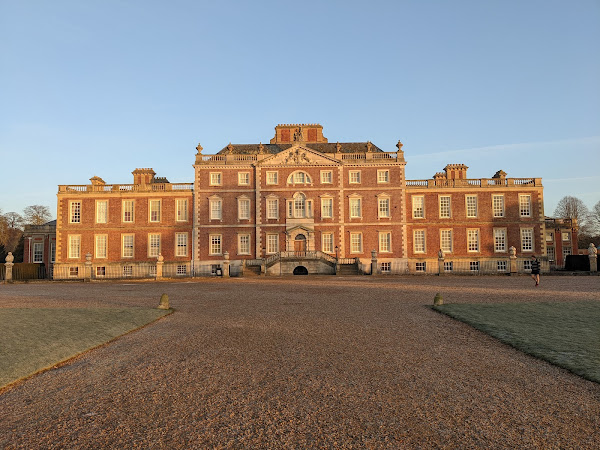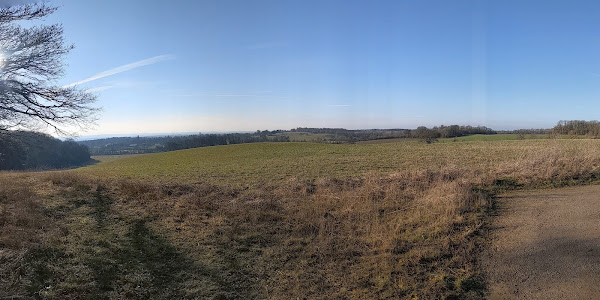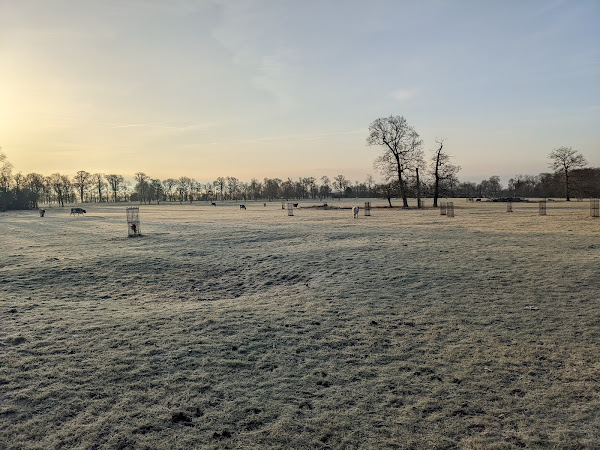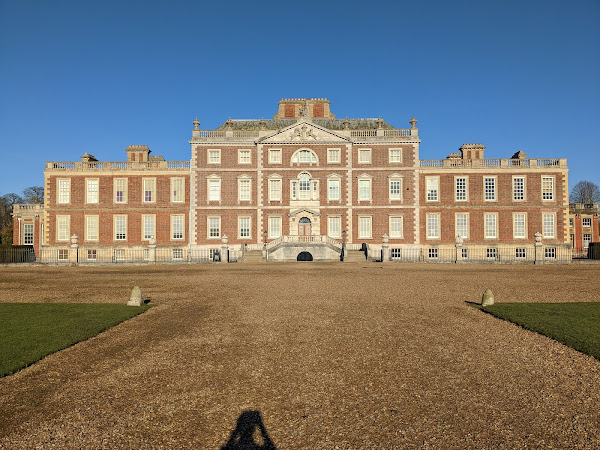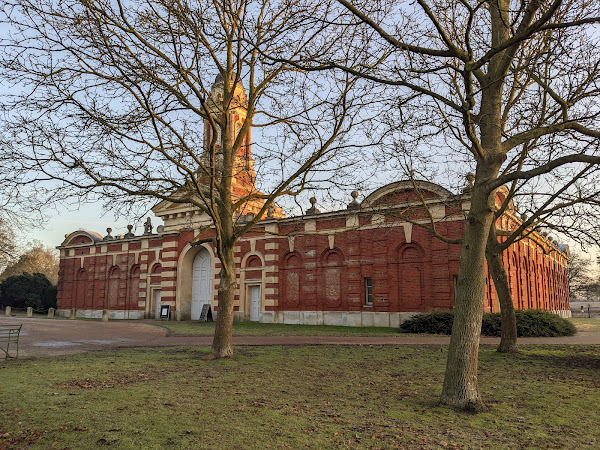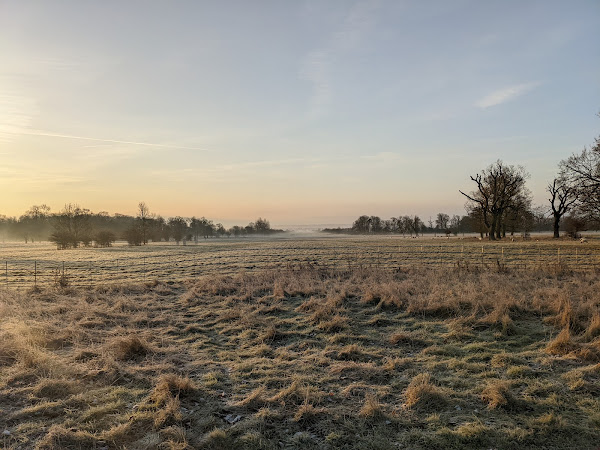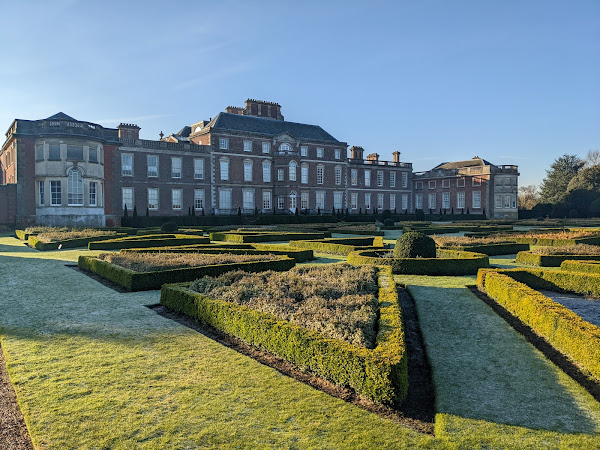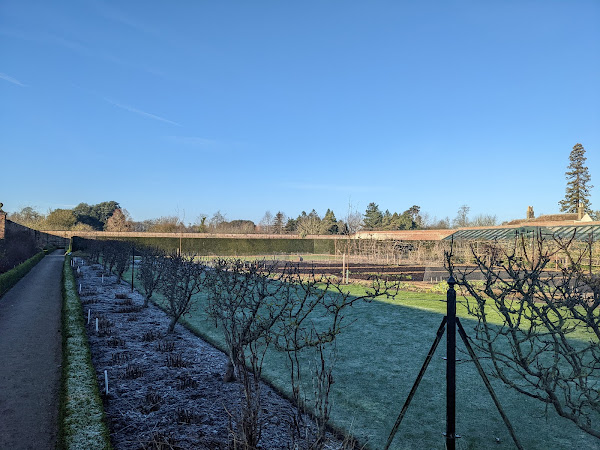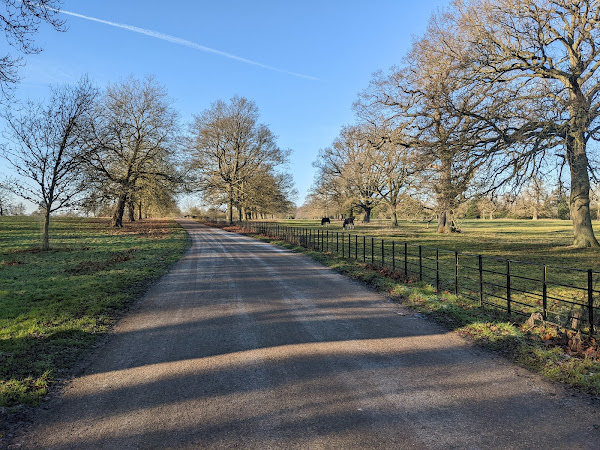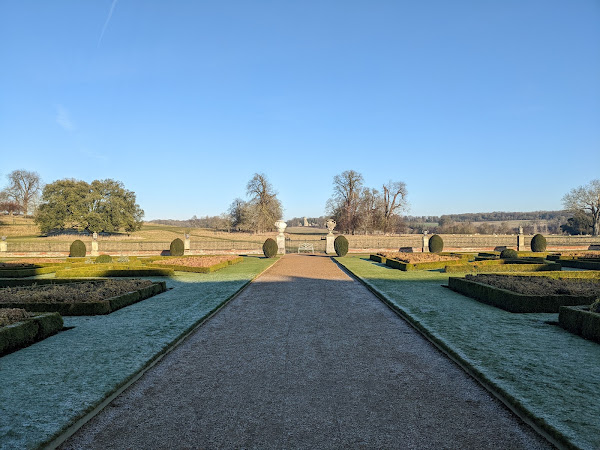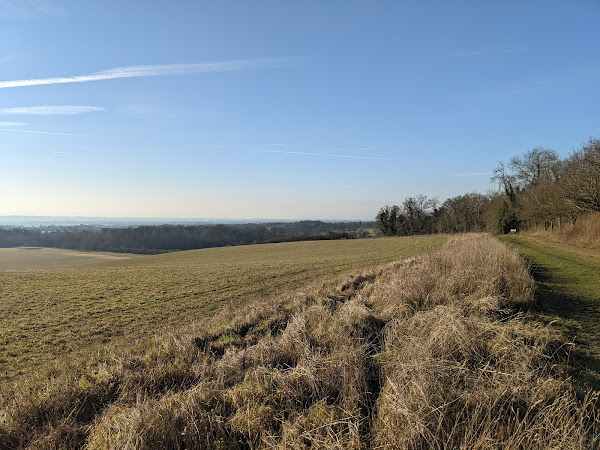This week, I wanted to make a start on a new challenge - the Fibonacci sequence. I had found the parkrun event number predictor Google sheet on the parkrun tourists page, and found that this week's Wimpole Estate event was expected to be the 377th event.
Apart from the Fibonacci sequence, the event is also a large one, with attendance since the return averaging around 300 participants. I also assumed there would be a tourist contingent who are also looking to record a run at a 377th event.
The area
The Wimpole Estate is a fully functional working farm estate, owned and operated by the National Trust. The estate has been populated since an early Roman settlement was situated here at around 100BC, with elements of the current house dating from the 1640s.
The modern estate (over 2500 acres) consists of large swathes of arable farmland, which is managed by the National Trust, and contributes towards the upkeep of the hall and gardens.
The course
The Wimpole Estate course traces a single lap around a number of natural landmarks and mown grass paths in the south-western quadrant of the estate. The course is run mostly on grass, and so trail shoes are suggested during wetter months, although road shoes will suffice in dryer spells.
Parking is available at the new on-site car park, for a charge of £2 (payable on entrance), or free admission for National Trust members. Toilets and a cafe are also available near the car park.
The run
It was a frosty start to the morning, with a mist hanging over the low-ground, which meant that the grass course which had reportedly been very muddy in previous weeks was largely frozen.
As we congregated for the start, it struk me that I haven't attended a "large" event for a while, and today's 343 attendees definitely meant today qualified as a large event! While I knew the course was primarily grass-based, I didn't realise that it also included a hill until the run briefing - I didn't expect to be setting any records today, but that news solidified it!
After a quick run briefing, which included a shout-out to the few people attending for the Fibonacci sequence like I was, we moved over to the start line. An interesting point about this event, was that people running with dogs had a separate start line, and were asked to take a different route through one of the cow fields to avoid scaring the cattle.
After a quick 3, 2, 1, we were off, first along a short stretch of tarmac path, before entering a field of sheep, followed by a field of cows. After the excitement of the livestock, we ascended the steep hill at the 2km mark, before descending over the course of the next 2km, and heading back to the start/finish area.
While I'm not typically a fan of colder weather, I did find myself appreciating the frozen ground today. I managed to complete the course before the sun had managed to thaw the ground, and I think I only encountered one muddy area to the western end of the hall itself.
Thank you to all of the volunteers for a thoroughly enjoyable event today, and also thanks to the National Trust for maintaining such a picturesque area.
After the run
While the main attraction of Wimpole Estate is undoubtedly the hall, and the art contained therein, I decided that exploring fine art having just run a muddy course was perhaps not in good taste, and so I ultimately decided against it. While there will inevitably be many sights that I missed given the size and scale of the estate, I did take the opportunity to explore.
One of the first sights you see upon walking towards the start area from the carpark is the stables, which is situated slightly east of the church, and main hall, which was especially busy as a lunch venue at the time I was leaving.
The front of Wimpole Hall faces a tree-lined avenue, which stretches nearly 5km from the front door of the hall to the nearest town. Although fog initially limited visibility, a later view along the avenue revealed that the only interruptions to the avenue were seemingly a road crossing, and a man-made pond around half way.
Immediately behind the Hall lies the Victorian Parterre and Dutch gardens, which consist of a range of plants and shrubbery laid out in the pattern of the Union Flag.
Being winter, the walled garden was in a state of maintenance, but I would expect this would be a very pleasant place to explore in the summer months.
Unfortunately, the Home Farm was closed at the time I visited, although some of its residents were grazing in a field which forms part of the eastern tree avenue leading away from the house.
One common practice for the owners of such estates is to build follys to punctuate the landscape. The folly at Wimpole is intended to represent the ruins of a former house, and is visible from the back of the main hall in the distance.
The folly itself has recently undergone a significant renovation to restore its structural integrity.
Between the main hall and the folly lies a large lake, which is home to lots of wildlife, in addition to providing access to water to the flock of sheep resident in the adjoining field.
If you are visiting Wimpole Hall, and are seeking a longer run, I would recommend the multi-use trail, which leads you around the estate, and takes in most of the northern half of the estate, and offers many vistas along the way.
Links: Results | Strava | Alltrails (Wimpole Multi-use trail)
